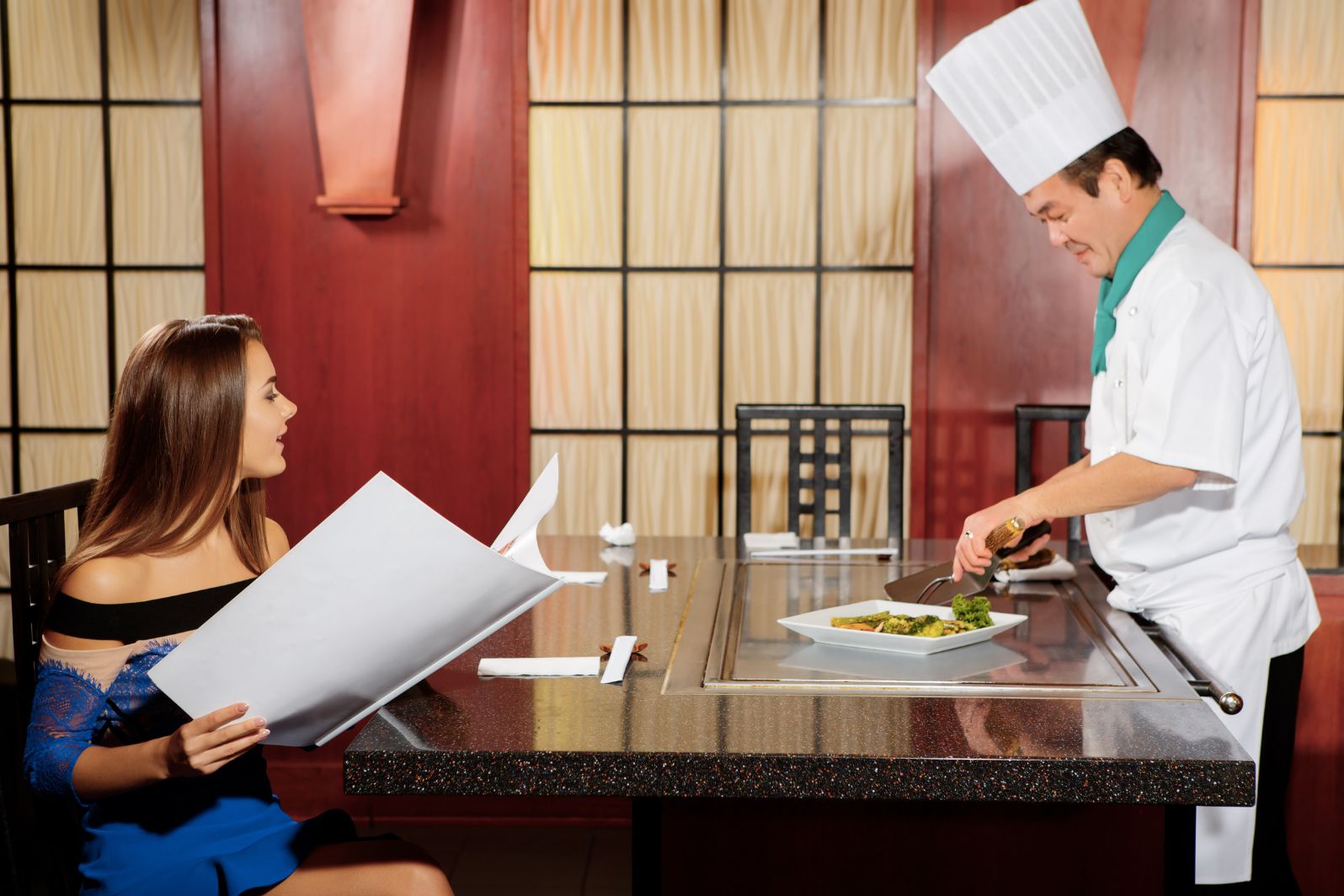Without a restaurant menu, you wouldn’t have a restaurant. It’s at the heart of how your guests experience your restaurant — if you didn’t have good food to serve, what’s the point of opening your doors, anyway?
Your menu is also the most important selling point and marketing tool you have. Most guests will peruse your menu before they even decide on stepping foot in your restaurant. So, if you haven’t put effort into a well-designed menu, you could be losing out on a huge amount of customer potential.
Here are some of the fundamental elements that make a menu compelling.
Table of Contents
Limit Your Restaurant Menu Items
It might seem like a great idea to create an extensive menu that’ll impress your customers. But the reality is that a menu with too many items is a huge commitment — both financially and in terms of workload.
Your best tactic is to actually include fewer menu items than you think. If you have an excessive amount of menu options, it’s more than likely that your customers might feel overwhelmed by the choices, rather than inspired.
It’s best to categorize your menu, then stick to three-seven options within those categories.
Include Enticing Menu Descriptions
While menu design is important, how you write your menu and describe your food is just as vital. The key is to keep these menu descriptions concise and realistic.
If you’re not a natural writer, think about hiring a copywriter to fulfill these descriptions for you. Try and have some fun with each description, but don’t overdo it with adjectives that make your food sound like a Renaissance poem, rather than something that’s edible.
Work with your chef and kitchen team to describe each dish in detail and do it justice.
Ensure Your Menu is Easy to Digest
We mean this in both a literal and figurative sense. As mentioned earlier, a limited or curated number of menu items is key to creating an easily digestible menu. Your customer should be able to scan over each menu item and description and fully understand what they’re ordering.
As the saying goes, ”Keep it simple, stupid”. This couldn’t apply more to the type of food you offer and how it’s presented on your menu. Not only this, but a simple and easy-to-understand menu is best for digital displays, too.
Check out Digital Signage & Video Wall Solutions if you’d prefer to digitally display your menu, rather than print out hard copies.
Be Strategic About Dollar Sign Placement
While this might sound like a risky move, it’s important to place your dollar signs strategically when designing your menu layout. Instead of including dollar signs, you might want to consider forgoing them completely.
Studies show that diners tend to spend more when ordering from menus without dollar signs, versus those that include them. If you still want to list the cost of your menu items, make sure to list them next to the relevant dish, rather than lining them up in a single column. This makes it easier for your diners to compare prices and check their spending!
Put Real Effort Into Your Food Photos
Depending on the type of restaurant you own, you might not want to include photos of your food on your menu. But if you do, it’s essential that you put a good amount of effort into your food photography and how you display your menu items.
Now, you don’t have to include photos of every single dish, but it’s a good idea to include images of your most popular and profitable menu items. Always hire a professional food stylist or photographer to capture the essence of your menu and ensure the images are of the highest quality.
Learn How to Build a Successful Restaurant Business
Your restaurant menu is the central pillar to the success of your business. Designing a menu takes time, effort, and expertise. If you aren’t willing to dedicate this time to creating a solid menu, it’s highly likely that you won’t find the business success you’re looking for.
If you’re new to the hospitality industry, take some time to explore the rest of this site for all the business expertise and tips you need.


